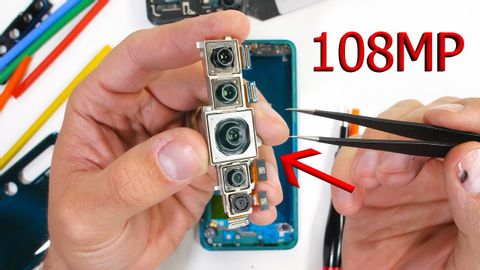
Subtitles & vocabulary
Cheap Xiaomi 108mp Camera vs The S20 Ultra? - TEARDOWN!
00
林宜悉 posted on 2020/03/26Save
Video vocabulary
massive
US /ˈmæsɪv/
・
UK /ˈmæsɪv/
- Adjective
- Very big; large; too big
- Large or imposing in scale or scope.
B1
More impressive
US /ɪmˈprɛsɪv/
・
UK /ɪmˈpresɪv/
- Adjective
- Causing admiration or respect; grand or expensive
- Having a strong effect, commanding attention.
B1TOEIC
More interpret
US /ɪnˈtɚprɪt/
・
UK /ɪn'tɜ:prɪt/
- Verb (Transitive/Intransitive)
- To express so that others understand it
- To translate what is said into another language
A2TOEIC
More quality
US /ˈkwɑlɪti/
・
UK /'kwɒlətɪ/
- Noun (Countable/Uncountable)
- Feature associated with someone or something
- High level of worth or excellence
- Adjective
- Of a high standard
A2TOEIC
More Use Energy
Unlock All Vocabulary
Unlock pronunciation, explanations, and filters
